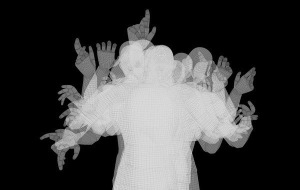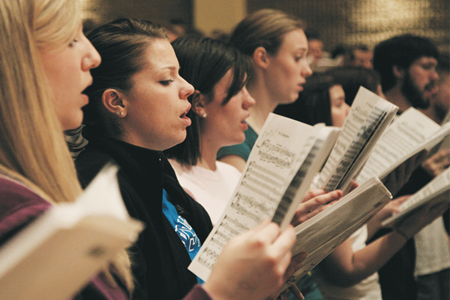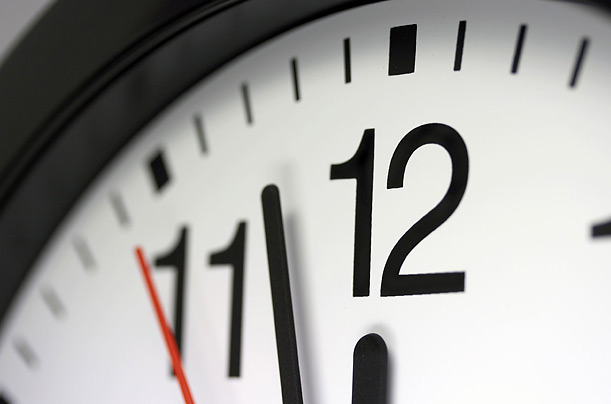Now for some exercises to get us thinking
Independence of hands:
1. Take your right arm/hand by itself and slowly make a broad brushing motion from SIDE to SIDE. In this case, you can position your hand like you’re about to shake someone’s hand (thumb on top, but the feeling of the fingers is not as crucial.) As you move to the left, pretend you are showing someone a message written on your palm. Go as far to the left as possible (crossing in front of the body) then change directions. When you change direction, pretend you are showing someone a message written on the top of your hand as you move your hand to the right. Go as far to the right as possible then change directions. Repeat this motion back and forth very slowly for a while then stop. (Remember Karate Kid?)
2. Now take your left arm/hand by itself and slowly make a broad brushing motion UP and DOWN. As your hand goes down, pretend you are showing someone a message written on your palm. Go down as far as possible then change directions. When you change direction, pretend you are showing someone a message written on the top of your hand as you move your hand upward. Go as high as possible then change directions. Repeat this motion back and forth very slowly for a while then stop.
3. Now do both motions, but one arm/hand needs to be slightly faster than the other. Practice this for about 2-3 minutes. Be patient. Once mastered, swap which arm/hand is faster. After that, swap the movement direction of the arms/hands.
Patterns:
The following exercises will mainly address patterns in various tempi. In future entries, we will look at exercises to work with style and dynamics.
NOTE: For simplicity, I will simply refer to the conducting patterns by how many beats (icti) are given before the pattern starts over. For instance, a 2-pattern (which could be 2/4, 2/2, 6/8, etc.), a 3-pattern (could be 3/4, 6/4, or 9/8) etc.
I recommend practicing these exercises at bpm 60, 90, then 120.
1. Conduct four bars of each pattern: 2, 3, 4. While conducting think through the basics about posture, plane, arms, hands/wrists from “Need a little polish? – part 1.”
2. Conduct eight bars changing the tempo (60, 90, or 120) halfway through at the start of bar 5. Do this in a 2-pattern, then 3-pattern, then 4-pattern.
3. Conduct eight bars changing the tempo (60, 90, or 120) every 2 bars. Do this in a 2-pattern, then 3-pattern, then 4-pattern.
4. Conduct two bars of a 2-pattern, followed by two bars of a 3-pattern, followed by two bars of a 4-pattern, followed by two bars of a 2-pattern (2-3-4-2). Do this at 60, 90, and 120 bpm.
5. Conduct four bars of each of the following patterns in sequence. Do each exercise at 60, 90, and 120 bpm.
a. 2 3 4 3
(NOTE: This means the first four bars use a 2-pattern, the next four bars use a 3-pattern, the next four bars use a 4-pattern, and the final four bars use a 3-pattern.)
b. 3 4 2 3
c. 4 2 3 4
6. Conduct 2 bars of each of the following patterns in sequence. Do each exercise at 60, 90, and 120 bpm.
a. 4 2 3 2
b. 3 2 3 4
c. 4 3 2 3
7. Conduct 1 bar of each of the following patterns in sequence. Do each exercise at 60, 90, and 120 bpm.
a. 2 4 3 4 2 3 4 2
b. 4 3 4 2 3 2 4 3
c. 3 2 4 3 2 4 3 2
d. 2 3 2 4 3 4 2 3
8. Conduct eight bars of a [2, 3, or 4] pattern, changing the tempo every bar (60, 90, or 120).
Multi-tasking mind:
1. Take your right hand and conduct any pattern of your choice (a 2, 3, or 4 pattern or harder if you so choose.) While conducting at a steady legato tempo of 60 bpm, count backwards aloud from 10 (then 20, 30, etc.) at a faster speed than you are conducting. Set a metronome to keep your conducting “honest.”
2. Repeat the exercise above, but count backwards on odd/even numbers.
3. Repeat the exercise above, but count using multiples of a number of your choosing.
4. Repeat the exercise above, saying the alphabet instead of counting.
5. Repeat the exercise above, saying the alphabet backwards.
6. Conduct a 4-pattern at 120 bpm while singing aloud “Happy Birthday” at around 60-70 bpm.
7. Repeat exercise #6, but reverse the tempos for conducting (slow) and singing (fast).
The possibilities are endless. We all know what an exercise in multi-tasking the youth choir rehearsal can be. For many of us, undoing years of muscle memory and bad conducting habits is difficult, but not impossible. The best way to overcome them is to build better conducting habits into your arsenal that will hopefully “overtake” them. Take about 15 minutes a day and work on this and you will begin to notice a change. Let’s stretch our minds/bodies and polish our skills so that we can communicate more effectively to our choirs. Flawless conducting technique is not the goal. Rather, conducting technique should be a supportive tool that helps us arrive at the “promised land” where students can make beautiful music for the worship and praise of God.










